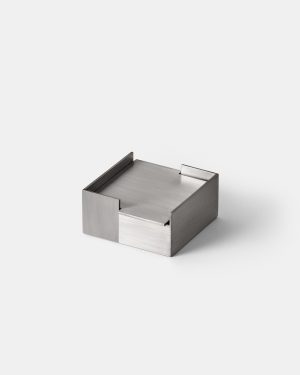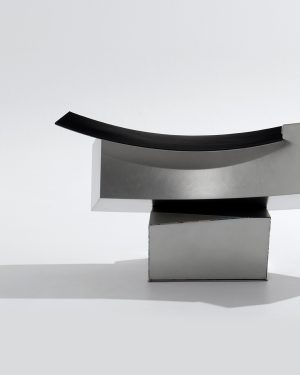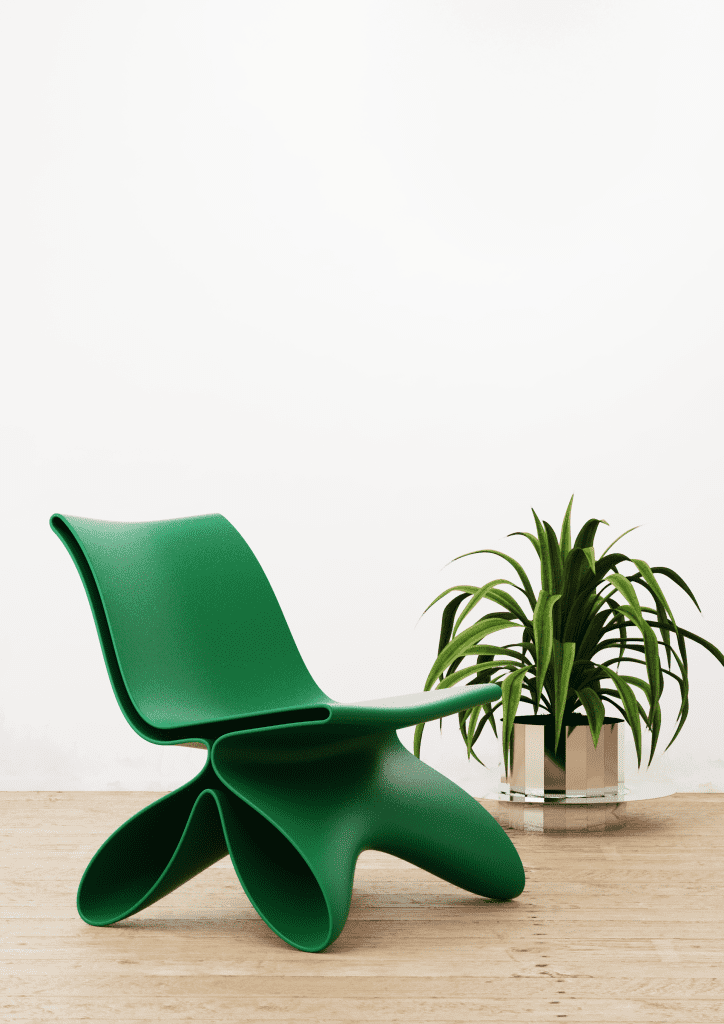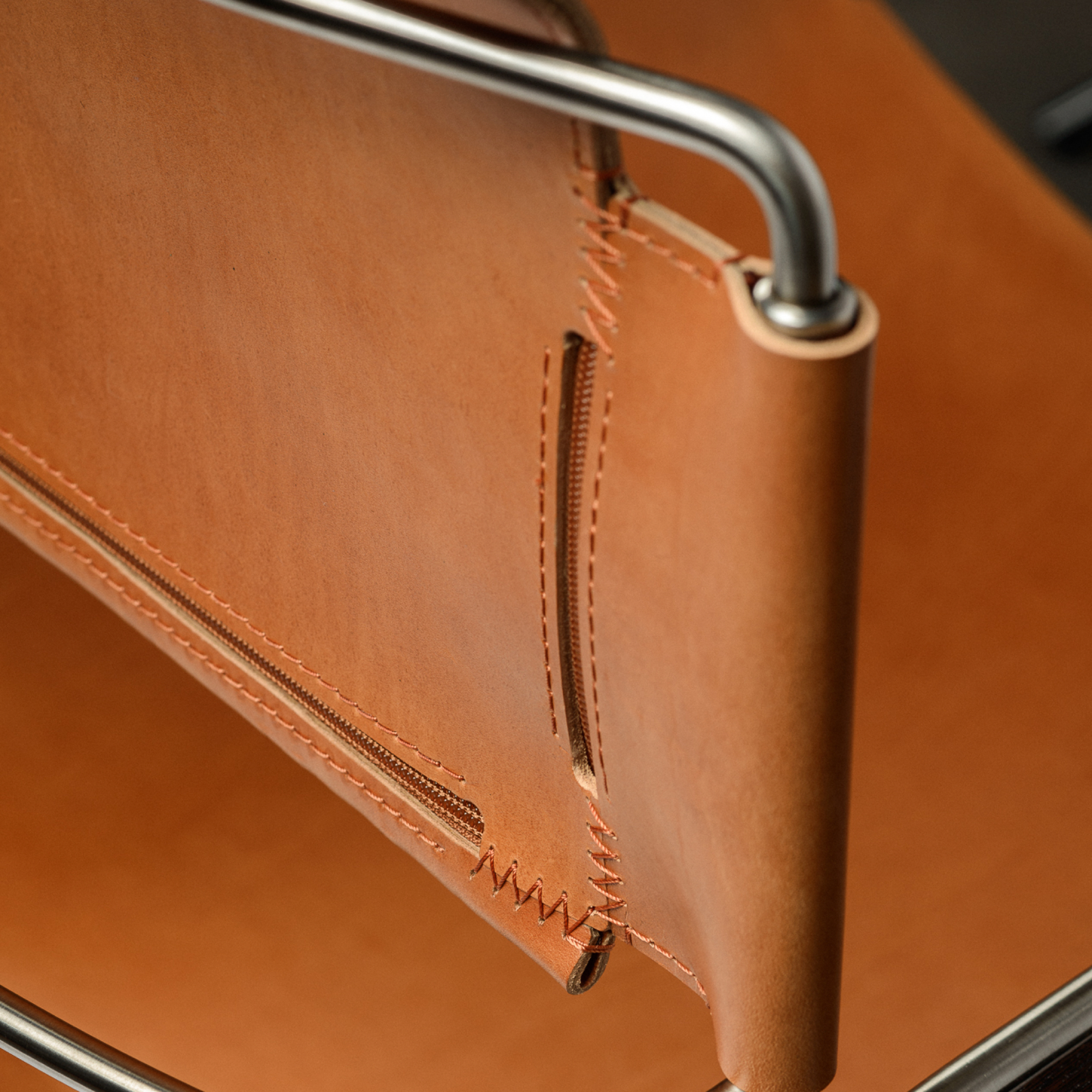

Leatherwork: A Guide to Skill and Artistry
Leatherwork, a timeless craft that merges ancient traditions with modern styles like Mid-Century Modern and Scandinavian Modern. Discover the timeless craft of leatherwork in this comprehensive guide of design. This article offers valuable insights into the history, style, and principles of leather working. Whether you are interested in mastering this art form, or simply in understanding the values of this traditional discipline, we aim to provide useful information to broaden your creative horizons. So, let us dive in and explore the captivating world of leather craftsmanship.
What is Leatherwork?
In leatherwork, craftsmen cut, shape, and assemble leather to make various products like bags, belts, wallets, and even furniture. Besides basic tasks like cutting and assembling, the craft also involves intricate techniques such as dyeing, stamping, and tooling to add unique designs and color to leather.
Craftsmen choose different types of leather for projects, from soft and pliable ones to stiff and durable kinds, based on the project’s needs. This craft demands patience, skill, and creativity and gives a rewarding experience in return. Whether you are exploring leatherwork as a hobby or thinking of it as a business, it offers many avenues for both creative expression and practical use.


The Origins of Leatherwork
Leatherwork, one of humanity’s oldest crafts, dates back to ancient civilizations like the Egyptians and Greeks, who used leather to make everything from sandals and clothes to shields and containers. Over centuries, various cultures have contributed to the evolution of leatherworking skills and techniques, adapting them for different needs and environments. Today, the craft of leatherwork attracts a diverse range of people, from hobbyists crafting simple belts and wallets to professionals creating intricate art pieces. Although the craft has incorporated modern tools and methods, it still holds onto its foundational techniques, which have a deep-rooted history. This blend of tradition and innovation makes leatherwork a continually evolving yet timeless craft.




See More Like This: Visit Our Online Gallery of Leatherwork Designs
What Are Popular Leatherwork Techniques?
In leatherworking, a variety of techniques come into play to craft functional and artistic items.
- Cutting is the foundational step, where artisans shape leather into the specific forms required for a project, be it chairs, bags, or intricate artwork.
- Stamping is another popular method that involves using specialized tools to emboss designs, text, or patterns onto the leather’s surface. This adds a decorative element that can be either subtle or quite striking, depending on the artist’s intent.
- Stitching is an essential technique in leatherwork for joining different pieces together. Artisans typically use specialized threads and needles designed to withstand the material’s toughness.
- Dyeing is another common practice, allowing for a change in the leather’s color or adding artistic flair with various shades and finishes. .


What are the best types of leather?
Different types of leather are better suited for specific leatherworking techniques. Below are a few of the leather types and the highlights that make each type unique.
- Full Grain Leather: The highest quality of leather, it retains the entire grain layer, showcasing natural marks and offering top durability.
- Top Grain Leather: The second highest quality after full grain, it has the top layer sanded off, giving it a more uniform appearance but slightly less durability than full grain.
- Split Leather (or Suede): Taken from the inner layer of the hide after the top is split off. It’s known for its velvety texture and is less durable than the top layers.
- Nubuck: Made from top grain leather sanded on the outer side, resulting in a soft, velvety surface similar to suede but more durable.
- Bonded Leather: Made from leather scraps bonded together with adhesive, it’s the least pure form of leather and is less durable.
- Patent Leather: Given a high-gloss finish, often used for dress shoes and accessories. Its shine makes it stand out.
- Pebble Grain Leather: Has a textured surface that resembles small pebbles, achieved by embossing or natural processes.
- Chromexcel Leather: Uses a unique combination of chrome tanning and vegetable tanning, resulting in rich color and a smooth finish.
- Vegetable-Tanned Leather: Tanned using plant-based materials. It’s more eco-friendly and develops a patina over time.
- Chrome-Tanned Leather: Tanned using chromium salts and acids, it’s softer and more flexible than vegetable-tanned leather but less eco-friendly.
What Are Examples of Animal leathers?
Leather has been used for centuries as a premium material for clothing, accessories, and more. Sourced from various animals, each type of leather carries distinct properties, textures, and characteristics. This list explores diverse animal leathers, shedding light on the uniqueness of each. Although society now has progressed to vegan friendly alternatives, below is a general guideline on how leather was chosen – historically:
- Cowhide: Widely used and versatile, the most common leather source for jackets, bags, and shoes due to its durability
- Sheepskin: Known for its softness and insulation, frequently used for lined gloves and shearling coats
- Goatskin: Durable and water-resistant, favored in high-end book bindings and gloves for its suppleness
- Pigskin: Durable and breathable, commonly utilized as a liner for gloves and footwear
- Deerskin: Extremely soft and breathable, prized for high-quality gloves and moccasins
- Kangaroo: Renowned in Australia for its strength despite being thin and light, chosen for athletic shoes and motorcycle gear
- Alligator/Crocodile: A symbol of luxury, this highly durable leather is often seen in premium bags, belts, and watch straps
- Ostrich: Soft and flexible, its distinct “goose bump” texture makes it a favorite for luxury goods
- Stingray: Valued for its unique caviar-like texture and extreme durability, a popular choice for exotic accessories.


Vegan Friendly Leather Alternatives
As ethical and environmental concerns grow, innovative alternatives to traditional leather are emerging. These vegan-friendly options, derived from plants and other natural sources, offer sustainability without compromising on quality or appearance. Here are 11 standout alternatives that showcase the potential of cruelty-free materials.
- Cactus Leather (Desserto): Made from the mature leaves of the nopal cactus, durable, breathable, and sustainable. The cactus is organically grown with minimal water usage
- Mushroom Leather (Mylo): Derived from mycelium (mushroom roots), biodegradable and has the feel of genuine leather while being eco-friendly
- Piñatex (Pineapple Leather): Produced from pineapple leaf fibers, lightweight, durable, and displays a unique texture, offering sustainability.
- Cork Leather: Harvested from cork oak tree bark, water-resistant, lightweight, and showcases a distinct pattern, with renewable properties.
- Apple Leather: Created using apple peels and cores, this eco-friendly choice has a texture similar to traditional leather.
- Grape Leather: Derived from grape winemaking waste, sustainable by repurposing otherwise discarded byproducts.
- Coconut Leather: Made from coconut water waste fibers, it’s eco-friendly, lightweight, and robust.
- Soy Leather: Produced from soybean fibers, it offers a soft feel and is biodegradable, lessening environmental impacts.
- Recycled Rubber Leather: Crafted from repurposed rubber, it’s durable and water-resistant, ideal for rugged uses.
- Lab-Grown Leather: Created through cellular agriculture without animal harm, it emulates the exact texture and feel of traditional leather.
- Hemp Leather: Using hemp plant fibers, it’s celebrated for strength, durability, and being biodegradable, marking it as a sustainable option.




Current State of the Market:
The current leatherwork market is strong and growing. More people want handmade and sustainable goods, boosting the demand for quality leather products. This trend isn’t just in fashion; it’s also in home decor, car interiors, and custom jobs. Online shops like Etsy help artists sell to customers all over the world.
Still, challenges exist. Quality leather is expensive, and fake leather offers tough competition. People worried about the environment might choose other options. But, the high demand for unique, well-made leather goods opens doors for both new and seasoned artists.
Conclusion
In conclusion, leatherwork is a versatile and timeless craft that combines artistic skill with functional design. With various techniques to master and types of leather to choose from, it offers endless creative possibilities. The market for leather goods is robust and growing, providing opportunities for both hobbyists and professionals. As interest in handcrafted, quality items continues to rise, leatherwork stands as a strong and enduring form of artistic expression.
Discover Leatherwork Design on Adorno
-

 Ball Foot Sculptural Chair, Vegan Cactus Leather€2.500 incl. tax
Ball Foot Sculptural Chair, Vegan Cactus Leather€2.500 incl. tax -


 Hecate – Leather Table Lamp€600 incl. tax
Hecate – Leather Table Lamp€600 incl. tax -

 Bo Armchair€2.300
Bo Armchair€2.300 -

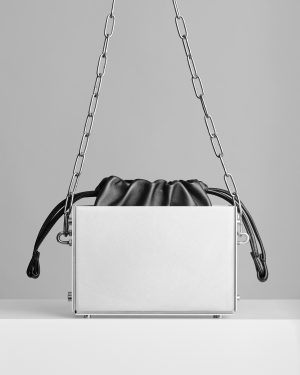 Kado Bag – Aluminum/ Leather€625 incl. tax
Kado Bag – Aluminum/ Leather€625 incl. tax -

 Leather Magazine Holder€1.500 incl. tax
Leather Magazine Holder€1.500 incl. tax -

 Bronze Patina Steel & Vegetable Tanned Leather Stool Or Ottoman€4.813 incl. tax
Bronze Patina Steel & Vegetable Tanned Leather Stool Or Ottoman€4.813 incl. tax -


 Wrp-001 Stainless Steel And Vegan Leather Ottoman / Stool€2.488 incl. tax
Wrp-001 Stainless Steel And Vegan Leather Ottoman / Stool€2.488 incl. tax -

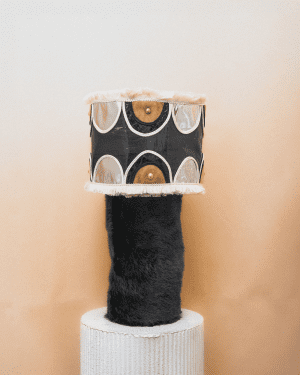 The Quilted Lamp – 02€2.318 incl. tax
The Quilted Lamp – 02€2.318 incl. tax -

 The Quilted Lamp 01€2.318 incl. tax
The Quilted Lamp 01€2.318 incl. tax -

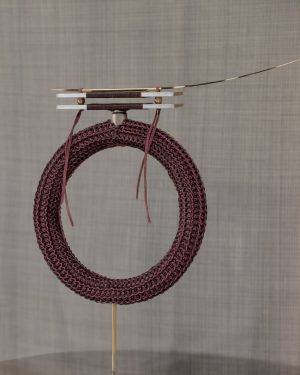 Amphora Sculpture€1.270
Amphora Sculpture€1.270 -

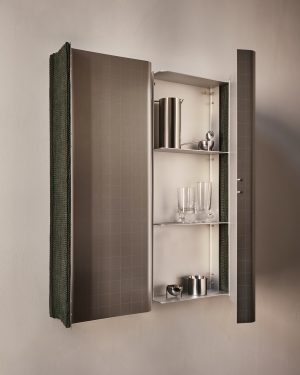 Plĭco – Wall Cabinet€6.250
Plĭco – Wall Cabinet€6.250 -

 Plĭco – Narrow Wall Cabinet€3.500
Plĭco – Narrow Wall Cabinet€3.500 -

 Ame I – Steel Ottoman€6.625 incl. tax
Ame I – Steel Ottoman€6.625 incl. tax -

 Marina Sling – Lounge Chair€3.235 incl. tax
Marina Sling – Lounge Chair€3.235 incl. tax -

 The Andes Huntsman Chair€4.619 incl. tax
The Andes Huntsman Chair€4.619 incl. tax
